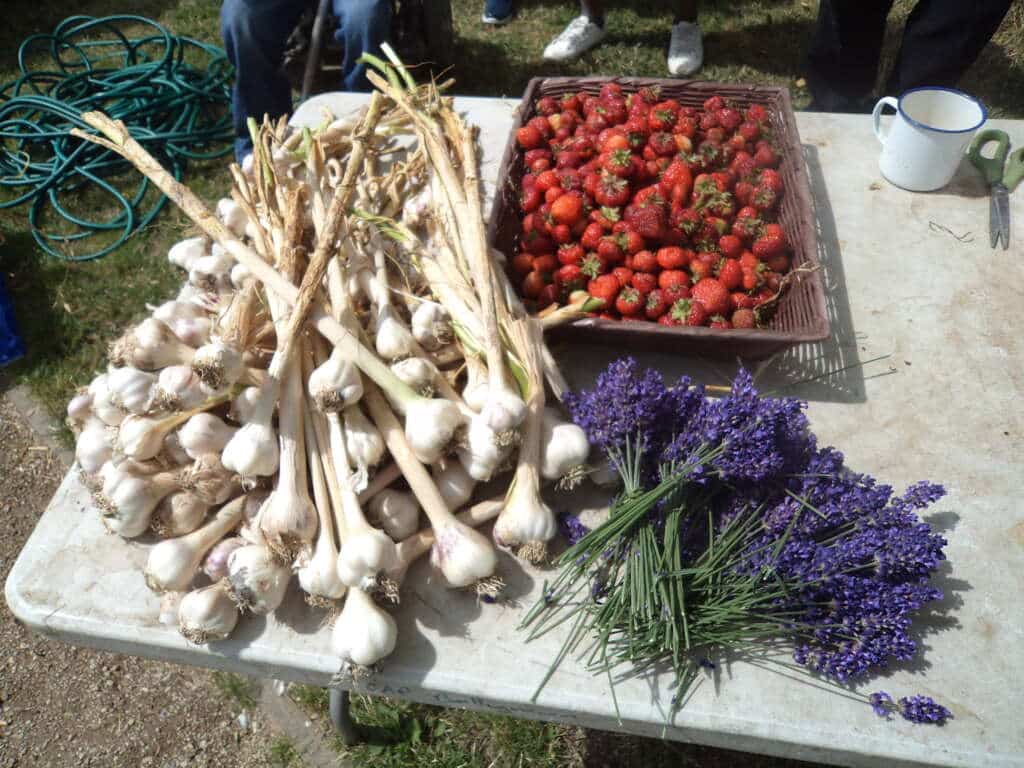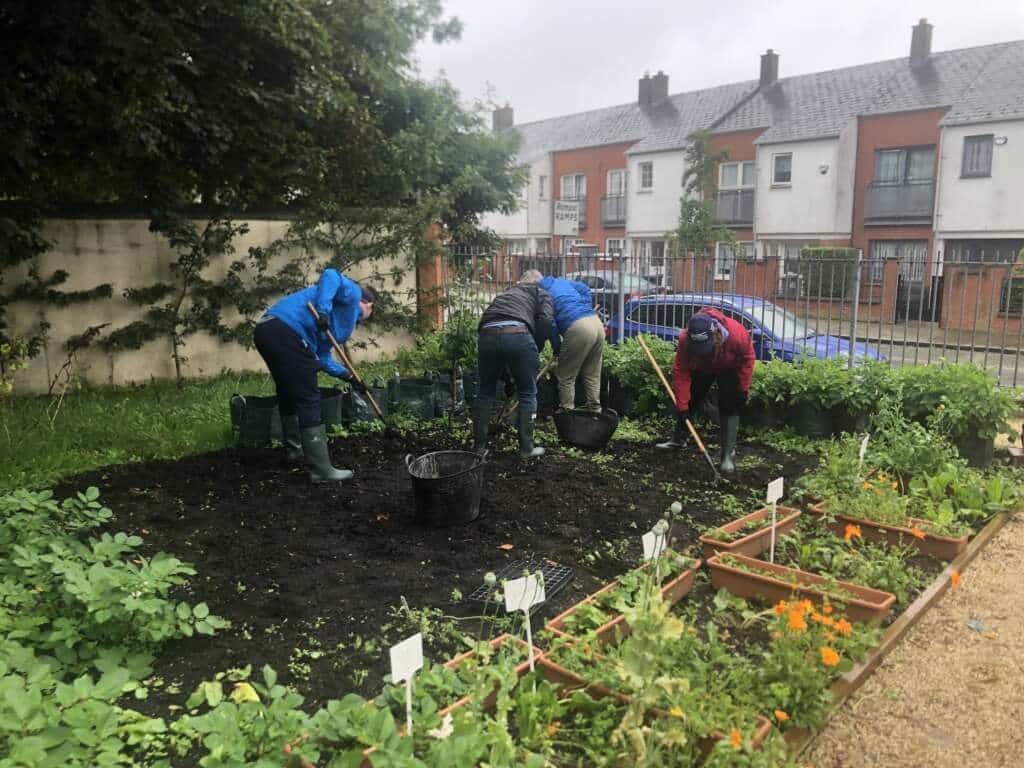At GAP Ireland, we see food as a way to help address climate change. In this article, we suggest ways for you to become part of the solution.
As global temperatures rise and greenhouse gas emissions reach unprecedented levels, the urgency to address the climate crisis has never been greater. The world is struggling to meet the critical target of limiting global warming to 1.5°C and achieving net-zero emissions by 2050.
As we pointed out in an earlier blog post, one effective and accessible way to contribute to climate action is by growing some of your own food.
Benefits of growing your own food
Here’s a closer look at some of the benefits of growing your own food:
1. Fewer Food Miles
Food transportation is a significant contributor to greenhouse gas emissions. Air transport, in particular, generates about 50 times more emissions than shipping and 10 times more than road transport. By growing your own food, even if it’s just herbs on a windowsill or radishes in a pot, you can significantly cut down on these emissions.
Additionally, supporting local producers is a great way to reduce food miles, support your community, and enjoy fresher, seasonal produce likely grown with fewer chemicals.
2. More plants in your diet
Diets high in red meat have a larger carbon footprint due to the methane emissions from cattle and CO2 emissions linked to the land used to grow cattle feed.
By growing your own fruits and vegetables, you’re more likely to adopt a plant-based diet, which is better for the environment. This shift doesn’t mean you need to eliminate meat entirely, but growing your own food can encourage healthier, more sustainable eating habits.
3. Less Food Waste
Food waste accounts for some 8% of global greenhouse gas emissions.
Put differently:
If food loss and waste were a country, it would be the third-highest greenhouse-gas (GHG) emitting nation behind the US and China.
Growing your own food makes you more conscious of the effort it takes to produce food, thereby reducing waste. Home growers are more likely to use their produce efficiently, minimising waste and reducing their carbon footprint.
Practical steps to start growing your own food
1. Start Small:
Begin with easy-to-grow plants like lettuce, salad greens, or herbs. These are not only simple to cultivate but also frequently wasted foods.
2. Use Containers:
If space is limited, use pots or containers. Herbs, tomatoes, and radishes can thrive in small spaces.
3. Learn and Share:
Educate yourself about sustainable gardening practices and share your knowledge with others. This can create a community of environmentally conscious gardeners.
4. Compost:
Use food scraps and garden waste to create compost, enriching your soil and reducing waste.
5. Support Local:
Supplement your homegrown food by buying from local farmers’ markets, further reducing your food’s carbon footprint.
By growing some of your own food, you can make a tangible difference in the fight against climate change.
This simple yet impactful action can help reduce greenhouse gas emissions, promote a more sustainable diet, and minimise food waste.
Give it a try!
Start your growing journey today and contribute to a more sustainable world.
And do ask us for help!


